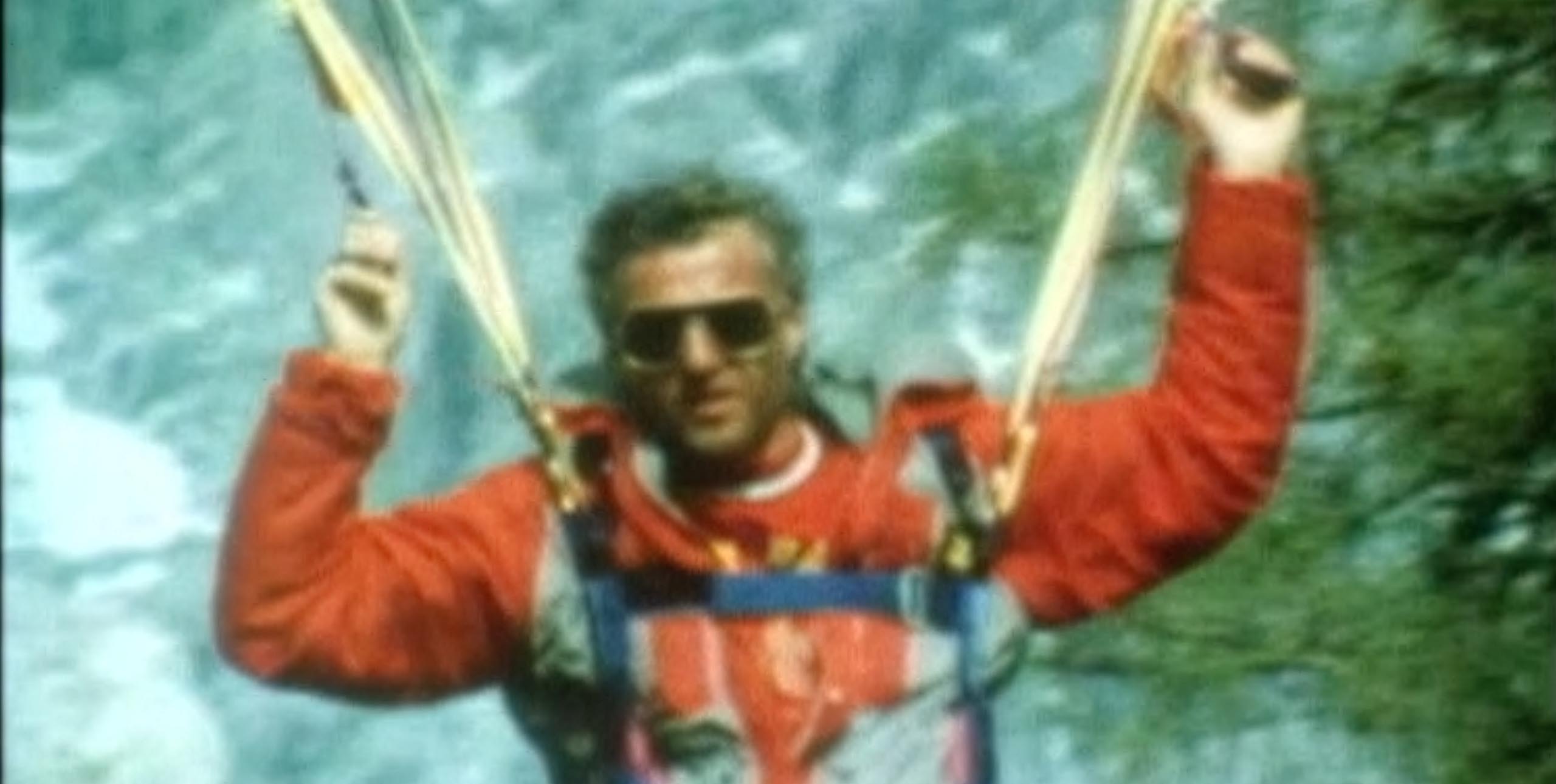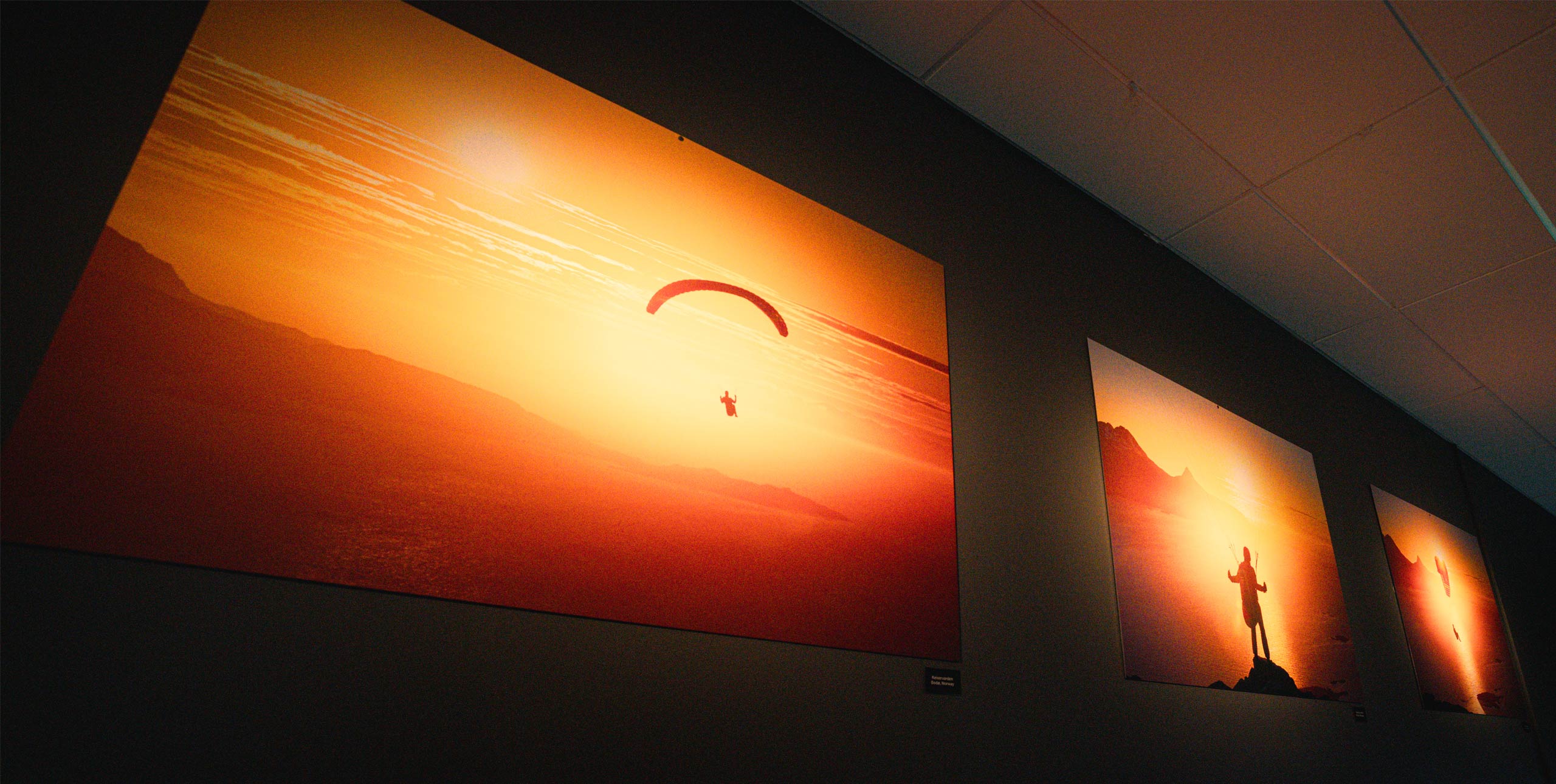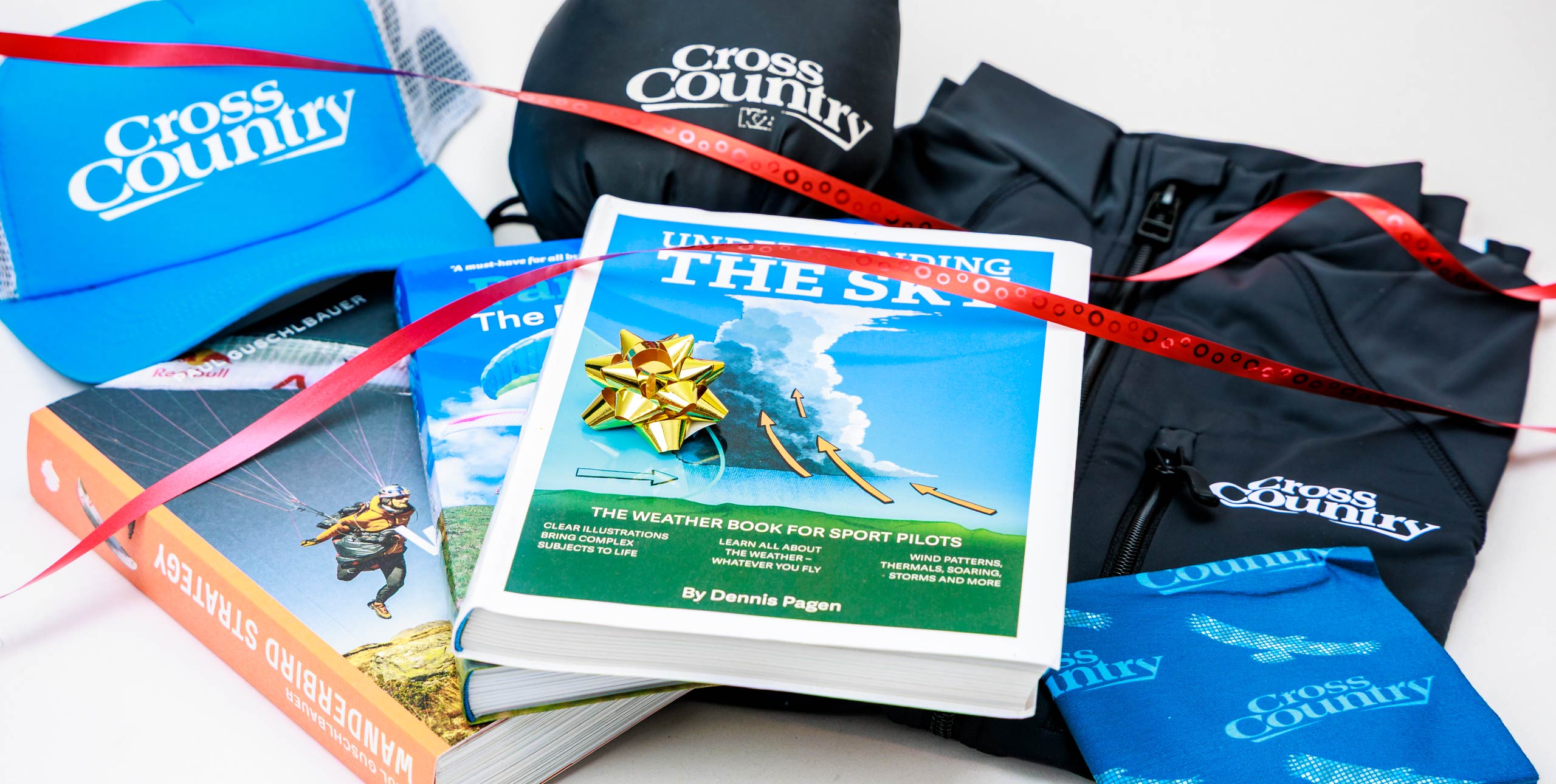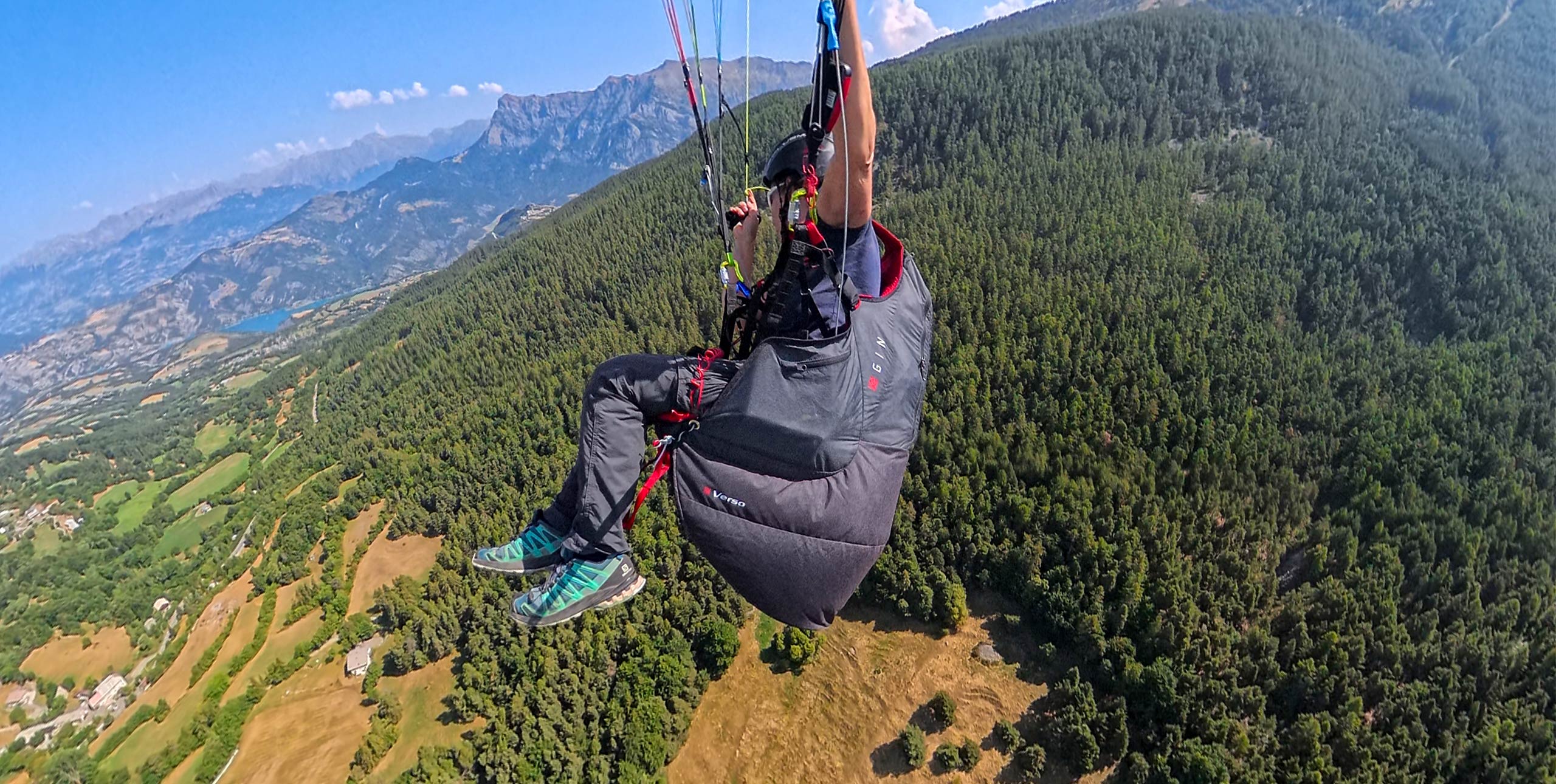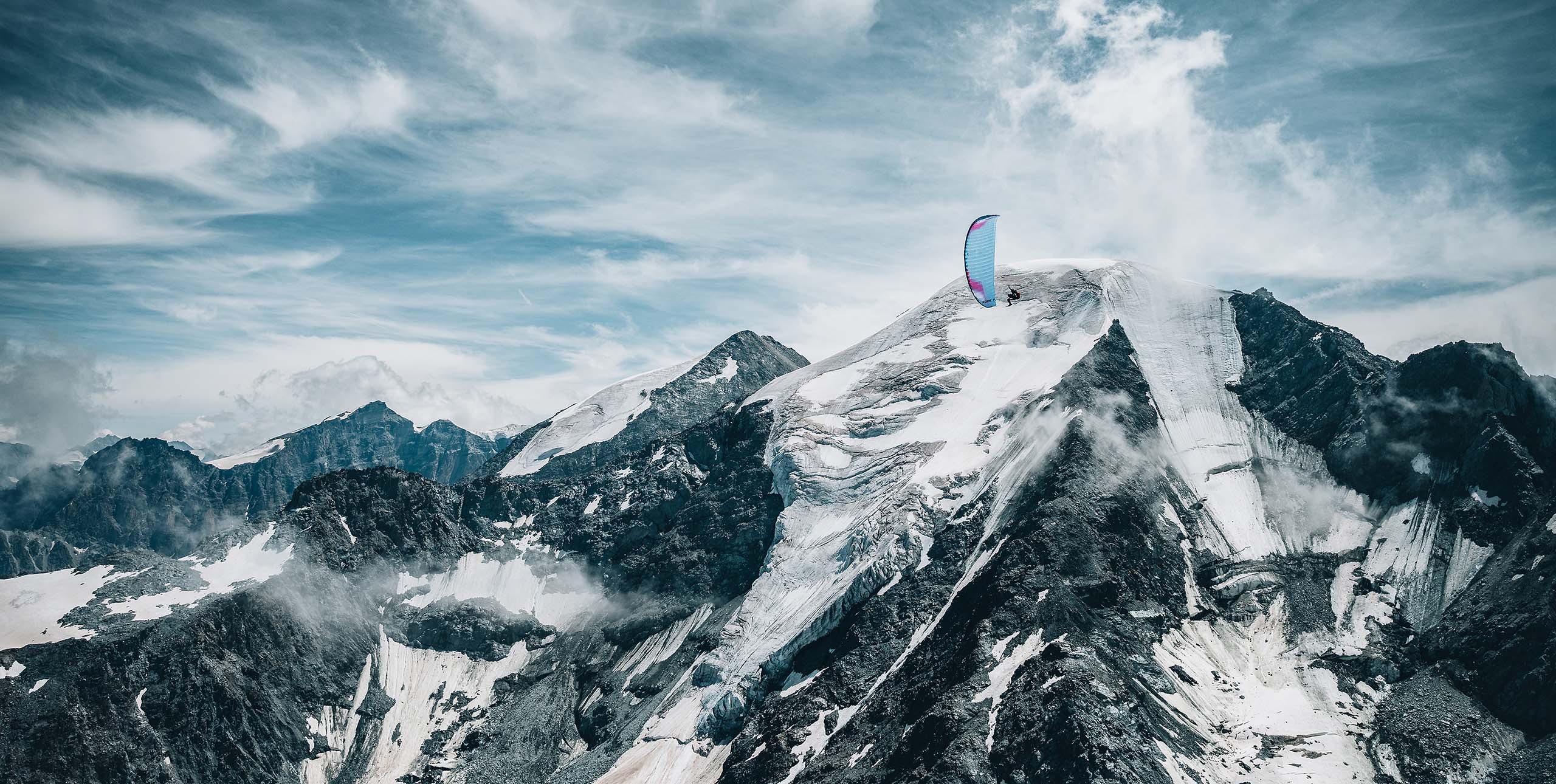For my last blog I thought I’d talk about the ‘S’ word. That thing that paragliding competitors never really want to address. Safety.
As with most paragliding events there have been more than a fair share of reserve deployments, crashes, helicopter rescues, hospitalisations and, unfortunately, one fatality. Only yesterday my team-mate Kirsty had to land to tend to a badly smashed up pilot who’d crashed not whilst racing but when his glider collapsed and irrecoverably cravatted at low altitude whilst he was coming in to land. The sky was so full of rescue helicopters buzzing back and forth clearing up behind us that the task had to be cancelled. Let’s not forget that each reserve deployment is a potential major accident or fatality and that if the person lands safely they are ‘there but for the grace of God’. That, of course, is if the thing even deploys. Many don’t and end up wrapped up in the lines with the paraglider or just fail to fill with air. Great stories to tell in the bar till it all goes wrong.
I think this is appalling. Other sports, sponsors and the public at large must look at this sad wreckage of people and equipment dangling from trees and being hauled off the mountain each day and think ‘My God, don’t these people realise how they come across to the rest of the World. They are a joke’.
Sadly, I am forced in many ways to agree with them.
When I competed in both Motorsports and the Snowboarding World Championships you had to present yourself at scrutineering in the morning to have your kit and yourself checked for compliance with basic and common-sense safety requirements. Sure it was a pain but more broadly the sports flourished once they’d got over their worrying ability to kill or maim their most talented participants in the early days. With safety addressed it wasn’t long before mainstream recognition and money followed on.
In paragliding I’m not even required to use an approved crash helmet. Some of the things perched on top of the heads of competitors here looked like they wouldn’t be strong enough to house a pot plant. Similarly one of the only proven safety devices to work – airbag back protection – is not required to be a minimum thickness or density nor to conform to any sort of crash testing. The winner of the event, Andy Aebi, was using a harness that looked like a flying sun lounger and would have offered about as much protection to his spine as an egg box. Presumably he thinks he’ll never need it but, perhaps, he just puts it out of his head because doing without this essential piece of kit saves a significant amount of drag and, in the absence of rules to govern pilot behaviour, he has no choice but to ditch it if he wants the title at the end of the fortnight.
Then we come on to gliders. These things we fly in competitions are not easy or forgiving but they are manageable in 99.9% of conditions. However, increasing aspect ratios and the constant drive towards performance has constantly reduced the number and thickness of lines holding the whole structure together meaning cravats are becoming more and more common and harder and harder for all but the best pilots to deal with. For 90% of the field here a huge blowout or collapse followed by a cravat just means going for the reserve handle straight away as there’s almost no chance we have the skill to recover a glider from this configuration. Some pilots, like me, have to make constant compromises between how fast I want to fly and how much I don’t want to end up throwing my reserve. In essence my flying speed is purely limited by how much risk I want to take of getting into a situation for which I have neither the skill nor the inclination to recover from. In a very real way the fastest pilots here are those that accept the notion of ‘falling off’ once in a while. I.e. they consciously push hard through rough air knowing that they may use the reserve parachute. Far from being the ‘last chance’ that most of the flying community believe the reserve is for, it has become a crutch to allow faster and faster speeds and gliders with less and less passive safety to be flown.
So, what’s the answer? Glider regulation in the form of Serial Classes or basic and essentially non-intrusive minimum stability tests for gliders? Anti-cravat line layouts (possible and something I’ve discussed at length with designers)? Maximum aspect ratios or other technical restrictions? All have been discussed in the past but usually rejected because pilots and more importantly manufacturers dislike regulation, compliance and the restriction of what they consider to be part of the ‘freedom’ that flying brings to their lives.
I have to say one thing, though. I saw the fatal accident from 50 metres away and I can tell all of you that had Stefan been flying a certified wing or one with reasonable aspect ratio he would be here now. He could have steered away from the mountain from where he could have thrown a reserve or landed and that’s if the glider would even have got into this mess in the first place if it had been less pushed to the edge of the reasonable design envelope. I have it on good authority that a decent crash helmet would have had a major effect on the outcome as well.
So, to come back to the title of this blog I want to ask this;
The Cold, Hard Truth.
Are the arguments put forward against any form of regulation for our sport worth the life of the pleasant and affable young man from a sleepy town in Switzerland who came to Mexico full of the vitality and promise that youth bestows and who won’t be going home again?
For me, the answer has to be ‘No.’
Fly safe and if you want to stay safe don’t become a competition pilot till we have some more sensible rules and gliders in place.
Mark H


